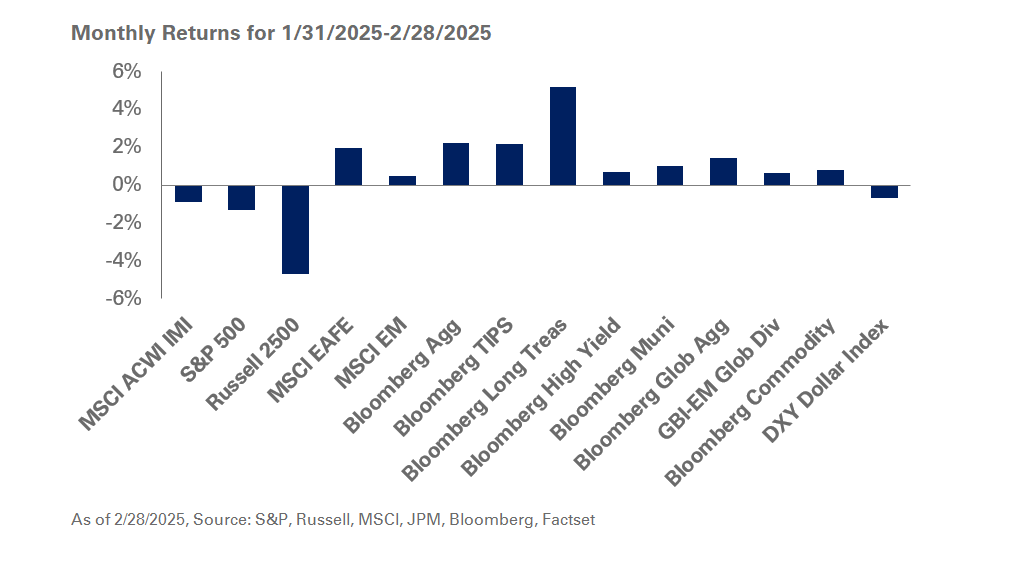In April, pension plan sponsors experienced higher liability discount rates amid a rise in U.S. Treasury yields. During this period, global public equities declined, and the Treasury yield curve rose across most tenors. Total-return-focused plans likely experienced positive changes in funded status due to higher discount rates despite losses from public equities. NEPC’s hypothetical total-return pension plan saw an improvement of 2.6% in funded status compared to 0.2% decrease for our LDI-focused plan.
Rate Movement Commentary
The Treasury yield curve rose in April, and remained inverted from the one- to five-year tenors. The five-year yield increased 51 basis points to 4.72%, while the 30-year yield ticked up 45 basis points to 4.79%. Corporate bond spreads were largely unchanged for the month.
The movement in Treasury rates and credit spreads resulted in higher pension discount rates used to value pension liabilities. The discount rates for NEPC’s hypothetical pension plans increased about 43 basis points to 5.71% for the open total-return plan, while the discount rate for the frozen LDI-focused plan rose 44 basis points to 5.67%.
Plan Sponsor Considerations
Global public equities declined in April, and long-dated fixed-income debt posted losses fueled by higher Treasury rates. Treasury yields increased in April as inflation remained elevated and the Federal Reserve held rates steady. Credit spreads across various maturities remained largely unchanged with modest contractions. At NEPC, we anticipate continued market volatility and the potential for market disruption. Plan sponsors should remain diligent about monitoring sources of change in funded status versus expectations, as equities and interest rates are likely to remain volatile. This includes closely monitoring ranges of hedge ratios to avoid becoming overhedged to longer-maturity rates with a flatter yield curve.
Market Environment and Yield Curve Movement
In April, U.S. equities fell 4.1%, according to the S&P 500 Index. During the same period, non-U.S. equities also experienced losses with international developed markets down 2.6%, according to the MSCI EAFE Index. Emerging market equities performed better than global public equities and were up 0.4% last month, according to the MSCI EM Index. Broadly, global equities fell 3.3% during the same period, according to the MSCI ACWI Index.
In April, the Treasury curve rose from the previous month and remained inverted from the one- to five-year tenors. This generally resulted in losses for investment-grade fixed-income markets, with long-credit fixed income experiencing modestly lower losses compared to long Treasuries. During the month, the Bloomberg Long Treasury Index decreased 6.1% and the Bloomberg Long Credit Index fell 4.9%.



